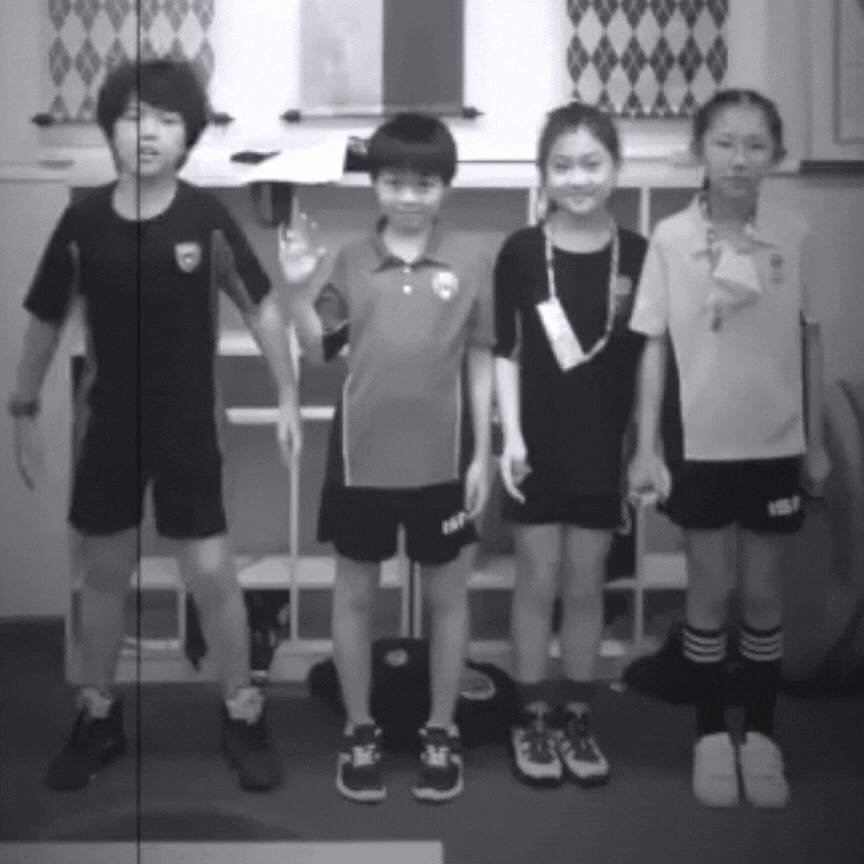




YEAR 4:
HOGWARTS SCIENTIFICA OBSCURA



Elf Defenders

Jeremy, Ethan, Lucy & Kelly
Our group was asked to form an advisory materials committee for ‘The Quidditch World Cup Association’. House Elves hate loud noises and so they need Ear Defenders to help protect them. We were asked to explore and investigate (using fair testing and comparisons), which material would be the best sound insulator for the ‘Quidditch World Cup’ Ear Defenders… or as we call them ‘Elf Defenders’!


Predictions
What we expect to discover
We wanted to know which material could contain (insulate) the most sound. We predicted that the Foam would insulate the most sound and that the Thin Cardboard would insulate the least sound. We predict that if the material is a good conductor but a bad insulator, then the volume would be recorded on our decibel meter as the same, even though it’s contained. We also predicted that the material would be a good insulator and a bad conductor if we recorded a quieter volume on the decibel meter when it was contained.



A Fair Test In Science?
One thing changes, everything else stays the same!
A fair test is where one thing changes and everything else stays the same. For our experiment we decided to change the materials and have everything else stay the same (speaker, sound meter and the music that we were using during the investigation). The materials we investigated were Thin Cardboard, Foam, Bubble Wrap and Thick Cardboard. We observed which material could insulate the most sound by measuring the sound output of a speaker, before and after placing it inside the materials. Then we observed the sound levels by using a sound meter to check the volume.



The actual INVESTIGATION
What did you do?
We created a table to record our observations. We observed that the Foam keeps the sound contained the most so it was the best insulator. At the start the volume was 88 db (Decibels), but after we put the speaker inside the Foam the volume changed from 88 db to 77 db. The sound was reduced by 10 db. The Thick Cardboard and Bubble Wrap kept the sound contained the least, so they were the best conductors of sound but the worst insulators. At the start the volume of the speaker was 88 db, then we put it inside the Thick Cardboard and separately the Bubble Wrap and the volume changed from 88db to 84db. The sound for both of these was only reduced by 4 db. Finally the thin cardboard managed to reduce the sound from 88 db to 83 db.



Findings
What did you discover?
We created a graph using the information we had collected on our table, during our investigation. We think that using a bar graph is the best way to look at the differences in volumes that we were testing. We found that the Foam decreased the volume from 88 db down to 77 db which was a big difference. Thick Cardboard kept the sound contained the least; 88 db to 84 db which was only a little change and the Bubble Wrap only lowered from 88 db to 84 db. Finally the Thin Cardboard only changed the volume from 88 db to 83 db.



Variables
What would you change?
If we were to repeat this experiment again and test some of the variables, we would choose to change the materials that we are using. Alternatively we could change the volume of the music itself or we could change the distance of the speaker from the materials that we are using.




TO CONCLUDE
Our suggestions
We recommend Foam as the best material to be ‘Elf Defenders’ (Ear Defenders) for the House Elves while they are working at ‘The Quidditch World Cup’, because the Foam decreased the volume of loud music a whole 10 decibels from 88 db down to 77 db. This was the biggest decrease and the material is soft and safe for use.
